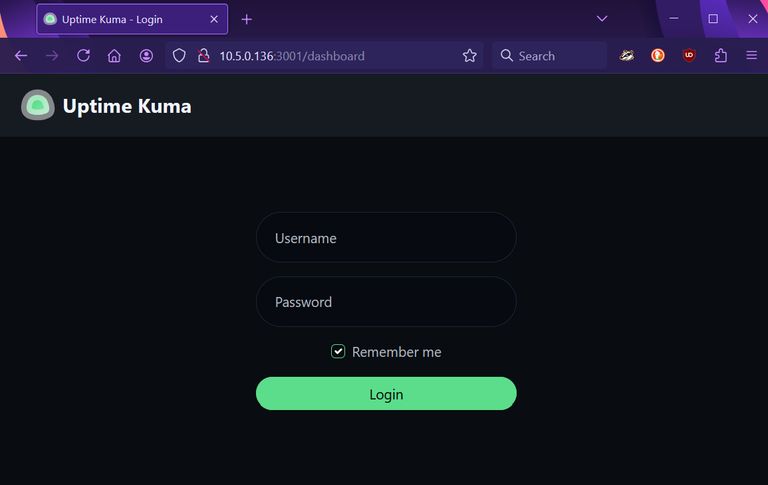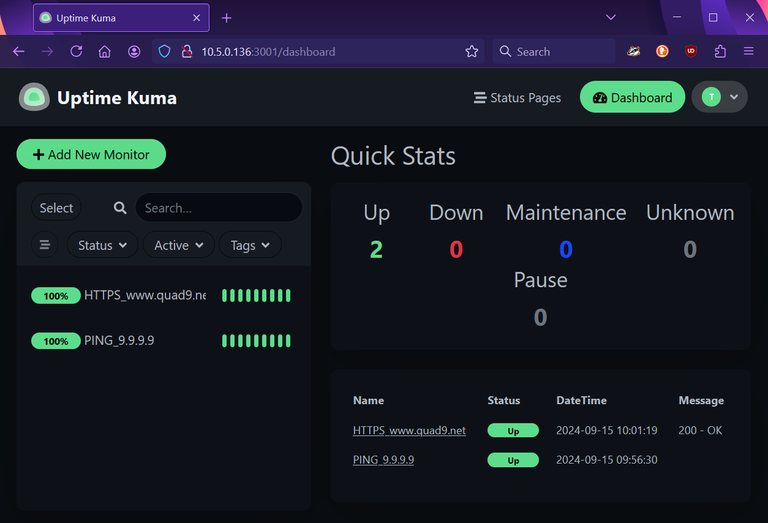
Other methods to deploy an Uptime Kuma Docker container
Table of Contents
There are more ways to deploy a Docker container. In previous posts we used just the command line interface to deploy Uptime Kuma and Portainer. Now let's take a look at some other methods.
Docker Compose
In the previous post this was the command to download and deploy the Uptime Kuma container:
sudo docker run -d --restart=unless-stopped -p 3001:3001 -v /data/dockerdata/uptimekuma/data:/app/data --name uptime-kuma louislam/uptime-kuma:1Using Docker Compose we are going to split up the command to download the image and deploy the container and the configuration of the Uptime Kuma container in a text file.
The YAML file
Let's create the text file for the configuration, this will be in the YAML format.
sudo nano /data/dockerdata/uptimekuma/uptime-kuma.yamlNow enter de content below in the file and save it.
services:
uptime-kuma:
container_name: uptime-kuma
image: louislam/uptime-kuma:1
ports:
- "3001:3001"
volumes:
- /data/dockerdata/uptimekuma/data:/app/data
restart: unless-stoppedCheck container status and stop and delete when needed
First we need to check if the Uptime Kuma container is running. If it is still running we need to stop it first.
sudo docker container ls👇 Example output 👇
techfossa@techfossa-demo-01:/$ sudo docker container ls
CONTAINER ID IMAGE COMMAND CREATED STATUS PORTS NAMES
16e87c5044e1 louislam/uptime-kuma:1 "/usr/bin/dumb-init …" 35 hours ago Up 35 hours (healthy) 0.0.0.0:3001->3001/tcp, :::3001->3001/tcp uptime-kuma
730e9777e166 portainer/portainer-ce:latest "/portainer" 11 days ago Up 35 hours 0.0.0.0:8000->8000/tcp, :::8000->8000/tcp, 0.0.0.0:9443->9443/tcp, :::9443->9443/tcp, 9000/tcp portainer
techfossa@techfossa-demo-01:/$
The Uptime Kuma container is up and running, let's stop it now.
sudo docker container stop uptime-kuma👇 Example output 👇
techfossa@techfossa-demo-01:/$ sudo docker container stop uptime-kuma
uptime-kuma
techfossa@techfossa-demo-01:/$We can now check again if the Uptime Kuma container is running or not:
sudo docker container ls
👇 Example output 👇
techfossa@techfossa-demo-01:/$ sudo docker container ls
CONTAINER ID IMAGE COMMAND CREATED STATUS PORTS NAMES
730e9777e166 portainer/portainer-ce:latest "/portainer" 12 days ago Up 35 hours 0.0.0.0:8000->8000/tcp, :::8000->8000/tcp, 0.0.0.0:9443->9443/tcp, :::9443->9443/tcp, 9000/tcp portainer
techfossa@techfossa-demo-01:/$
The Uptime Kuma container is not running anymore👍.
Now remove the container.
sudo docker container remove uptime-kuma👇 Example output 👇
techfossa@techfossa-demo-01:/$ sudo docker container remove uptime-kuma
uptime-kuma
techfossa@techfossa-demo-01:/$Deploy the container using Docker Compose and the YAML file
Now let's deploy it using docker compose and the YAML file we created.
docker-compose -d -f /data/dockerdata/uptimekuma/uptime-kuma.yaml up👇 Example output 👇
techfossa@techfossa-demo-01:/$ sudo docker compose -f /data/dockerdata/uptimekuma/uptime-kuma.yaml up -d
[+] Running 1/1
✔ Container uptime-kuma Started 0.3s
techfossa@techfossa-demo-01:/$Check the container status and the Uptime Kuma webinterface
Let's show all running containers now to see if Uptime Kuma is back:
sudo docker container ls👇 Example output 👇
techfossa@techfossa-demo-01:/$ sudo docker container ls
CONTAINER ID IMAGE COMMAND CREATED STATUS PORTS NAMES
69b1436d6077 louislam/uptime-kuma:1 "/usr/bin/dumb-init …" About a minute ago Up About a minute (healthy) 0.0.0.0:3001->3001/tcp, :::3001->3001/tcp uptime-kuma
730e9777e166 portainer/portainer-ce:latest "/portainer" 12 days ago Up 36 hours 0.0.0.0:8000->8000/tcp, :::8000->8000/tcp, 0.0.0.0:9443->9443/tcp, :::9443->9443/tcp, 9000/tcp portainer
techfossa@techfossa-demo-01:/$
Succes! Let's check the webinterface now.
Yes! 💯 We have a login page and after logging in the previous created monitors are still there.
Portainer
In a previous post we deployed a Portainer container. We are now going to use it to deploy Uptime Kuma again but now using the stack function of Portainer.
Check the Uptime Kuma container status and stop and delete it if needed
Login to your Portainer webinterface:
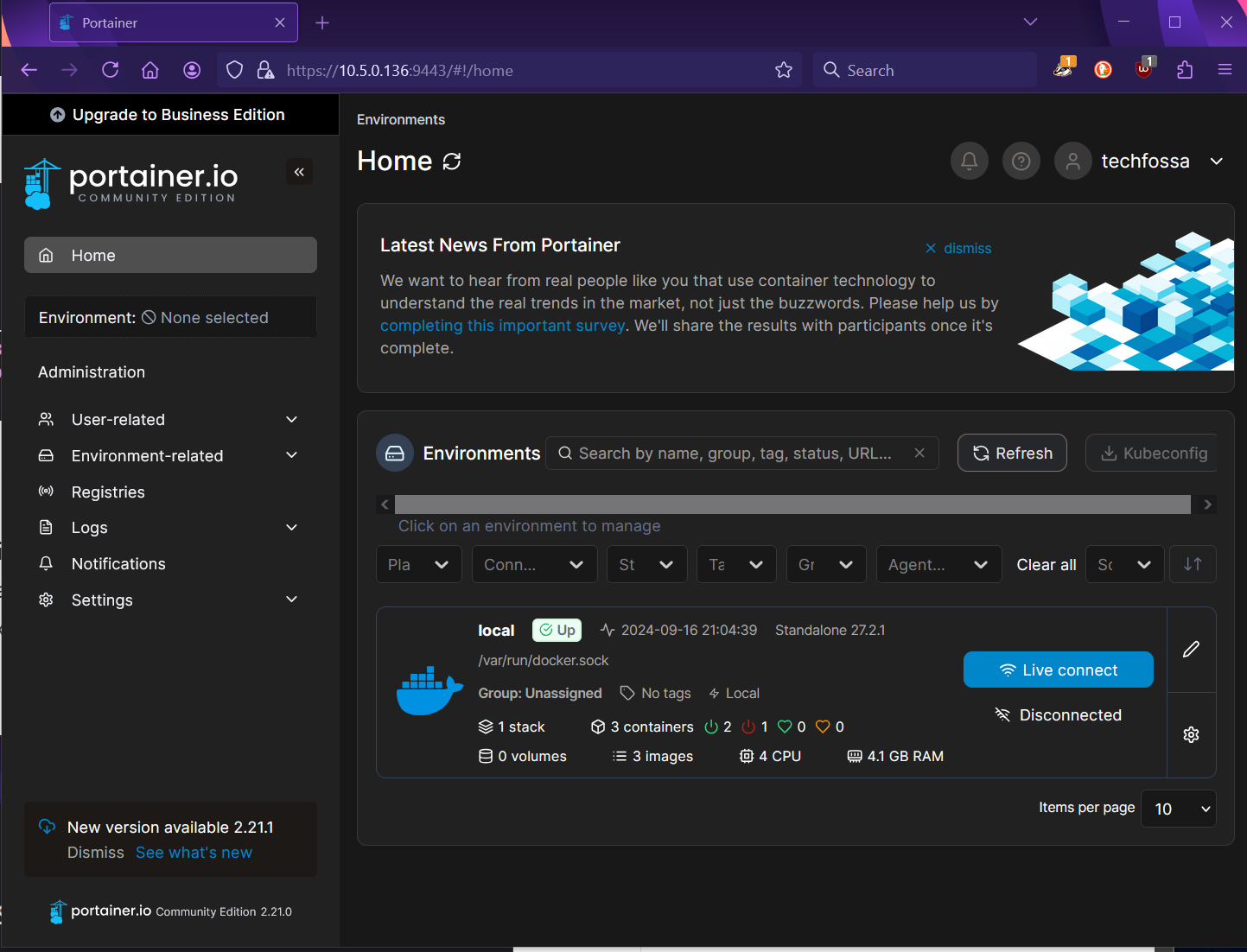
Click on the local section near the blue whale carrying loads of container:

Click on the Containers section or on Containers in the menu on the left of the page:

You should now see the Container list. If present and running select the uptime-kuma container click on the Stop button.

If the container has the state exited - code 0 select the container again and click the Remove button:

Choose Remove:
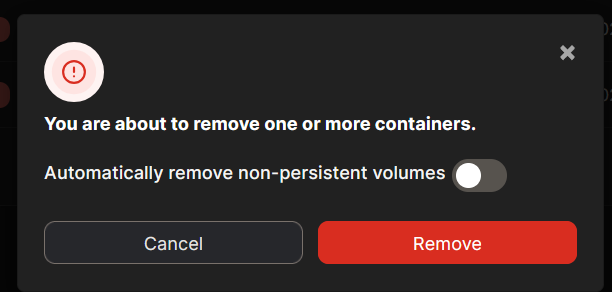
After this the uptime-kuma container should be gone from the list of Containers:
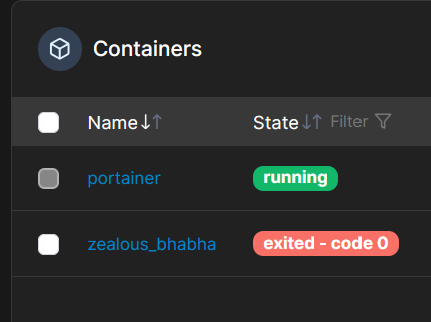
Create an Uptime Kuma stack using Portainer
We can now continue and create our first Portainer stack on this host. Select Stacks in the left menu:
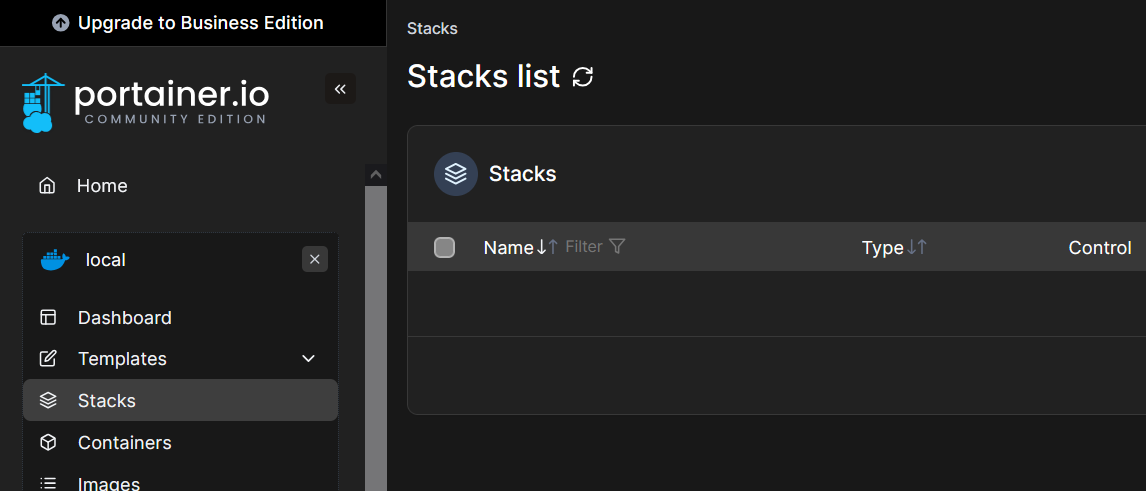
Click on the blue + Add stack button:

Now enter uptime-kuma in the Name field and and enter (or copy paste) the lines below into the Web editor field:
services:
uptime-kuma:
container_name: uptime-kuma
image: louislam/uptime-kuma:1
ports:
- "3001:3001"
volumes:
- /data/dockerdata/uptimekuma/data:/app/data
restart: unless-stopped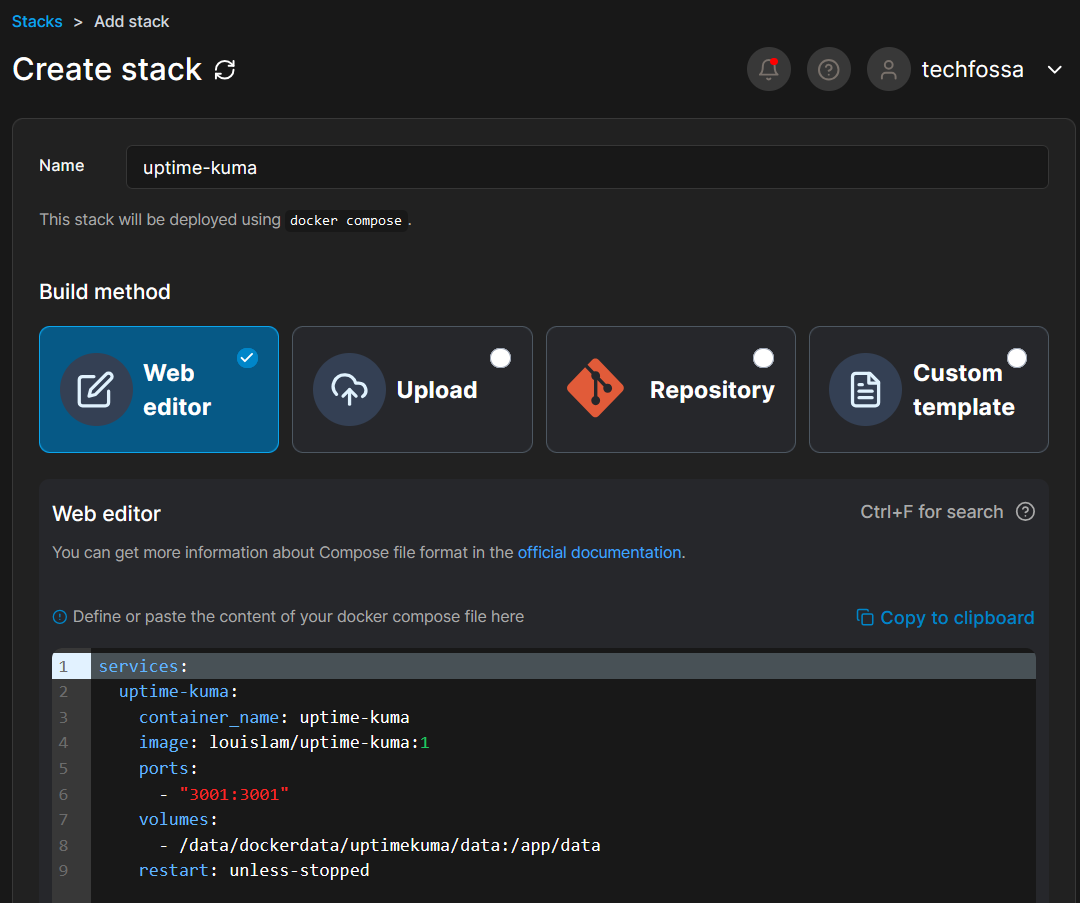
Deploy the stack using Portainer
On the bottom left of the Create stack section click on the blue Deploy the stack button:
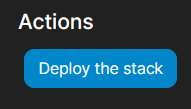
The uptime-kuma stack should be visible in the Stacks list:
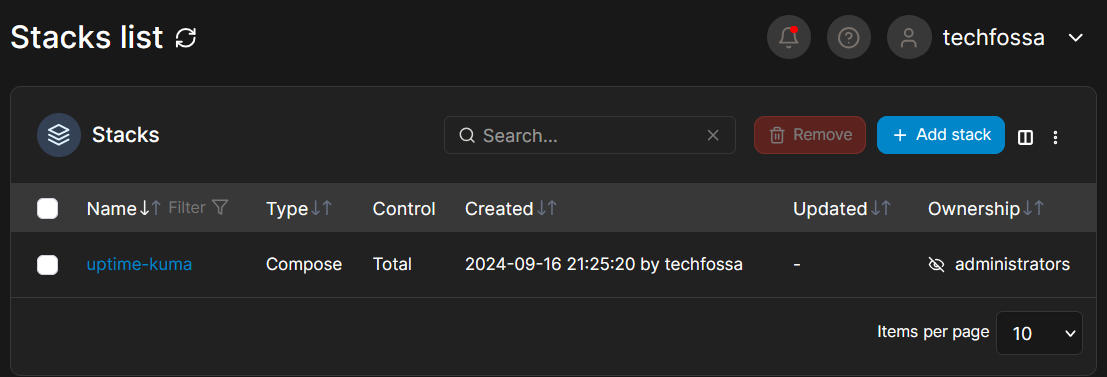
Select Containers in het left menu. If all is well there should be a healthy uptime-kuma container present again:
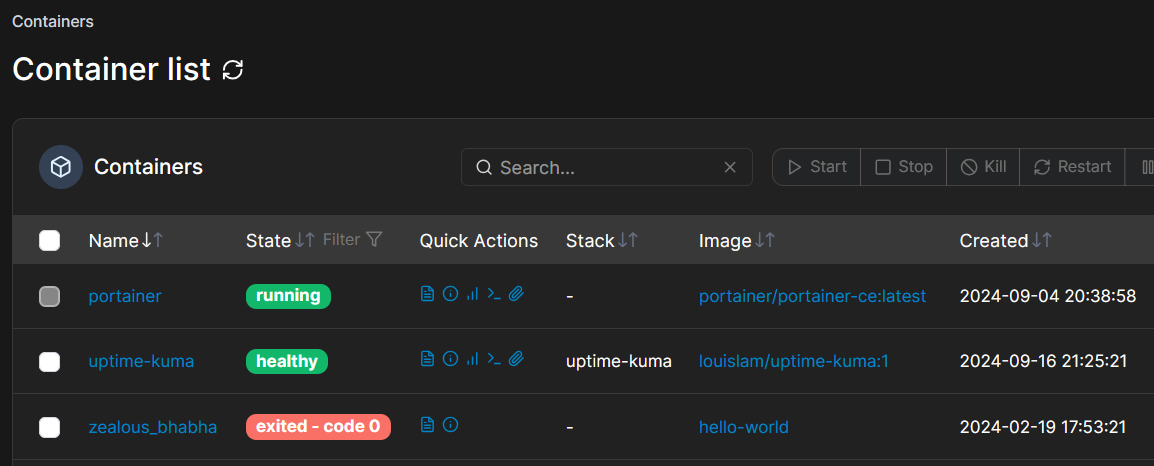
Check Uptime Kuma
The last step is checking the Uptime Kuma webinterface:
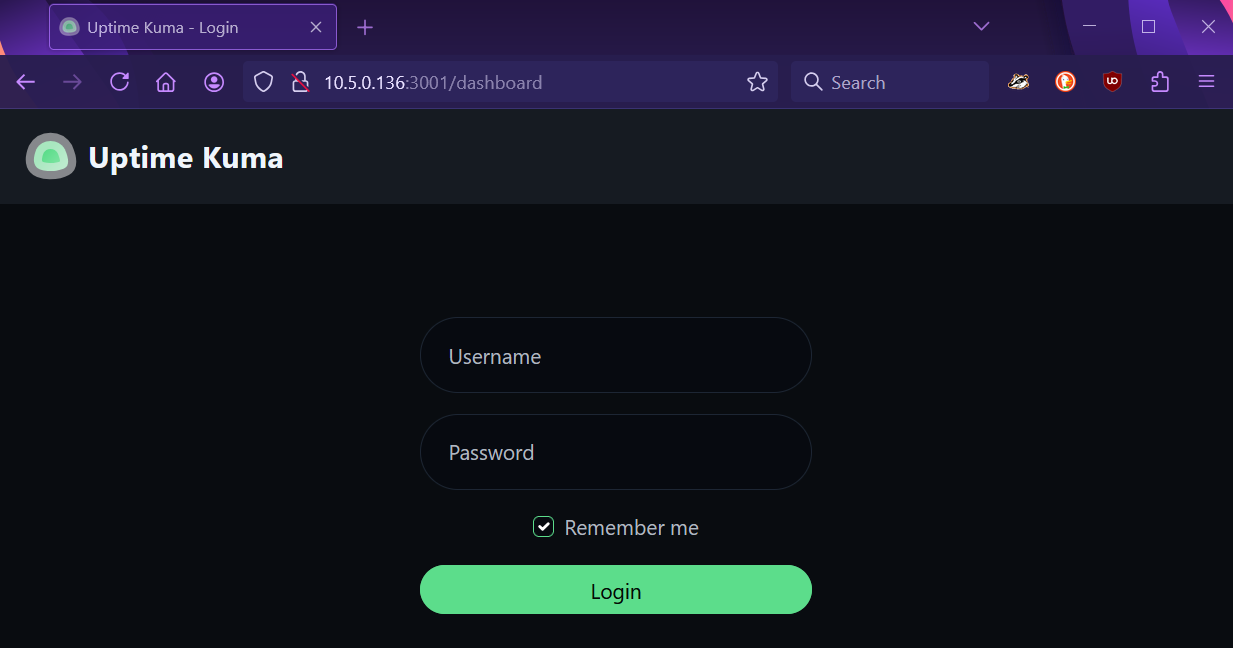
Nice. Uptime Kuma is working fine but now deployed as a stack. ✔️

